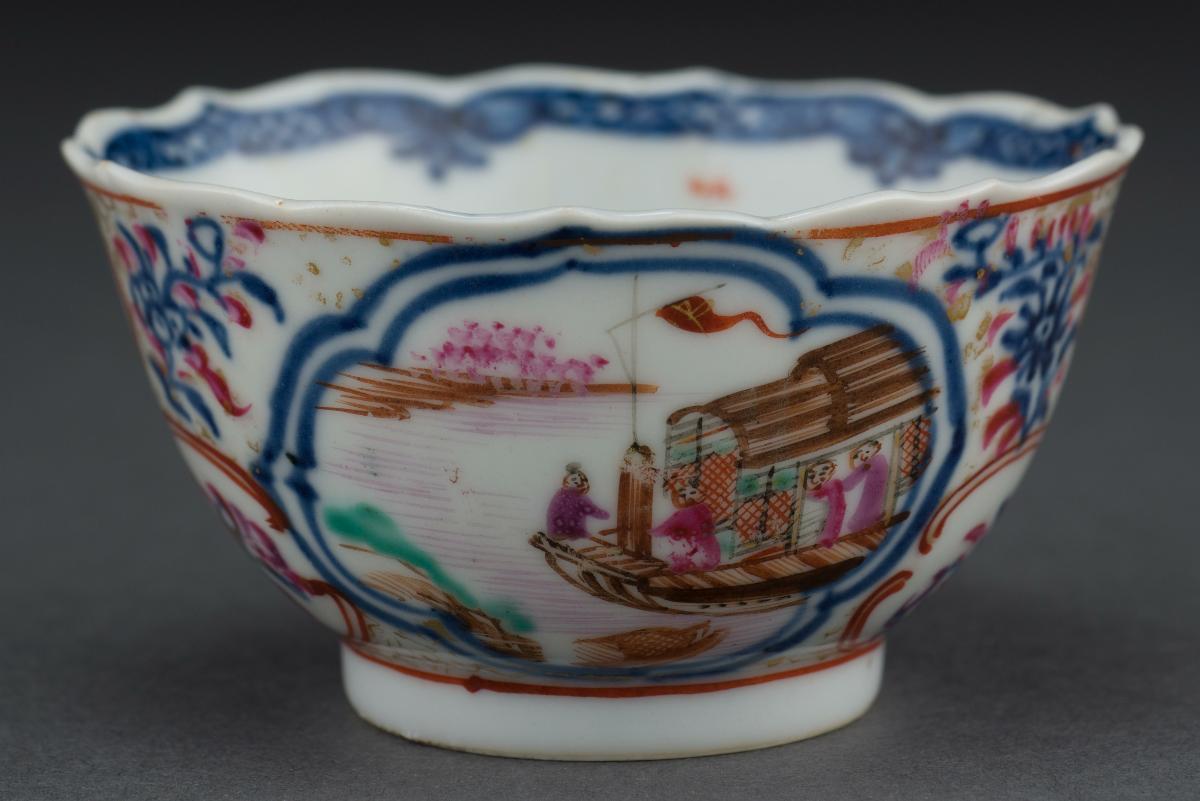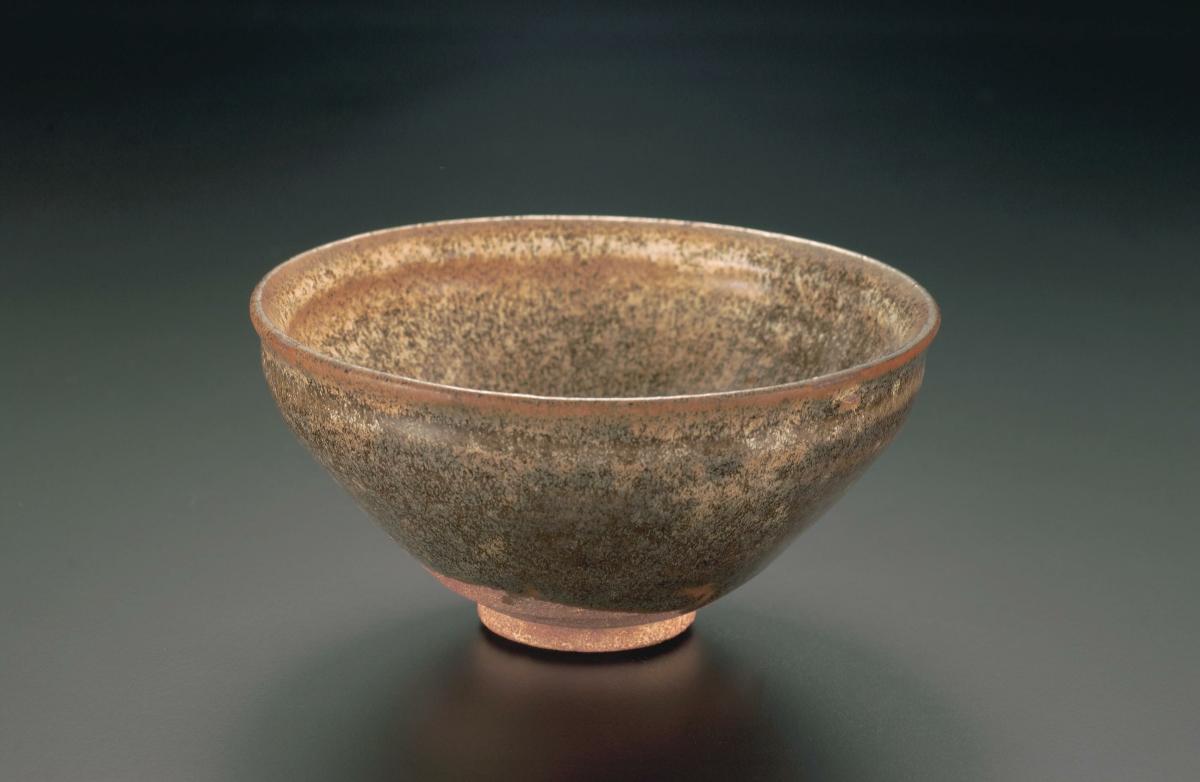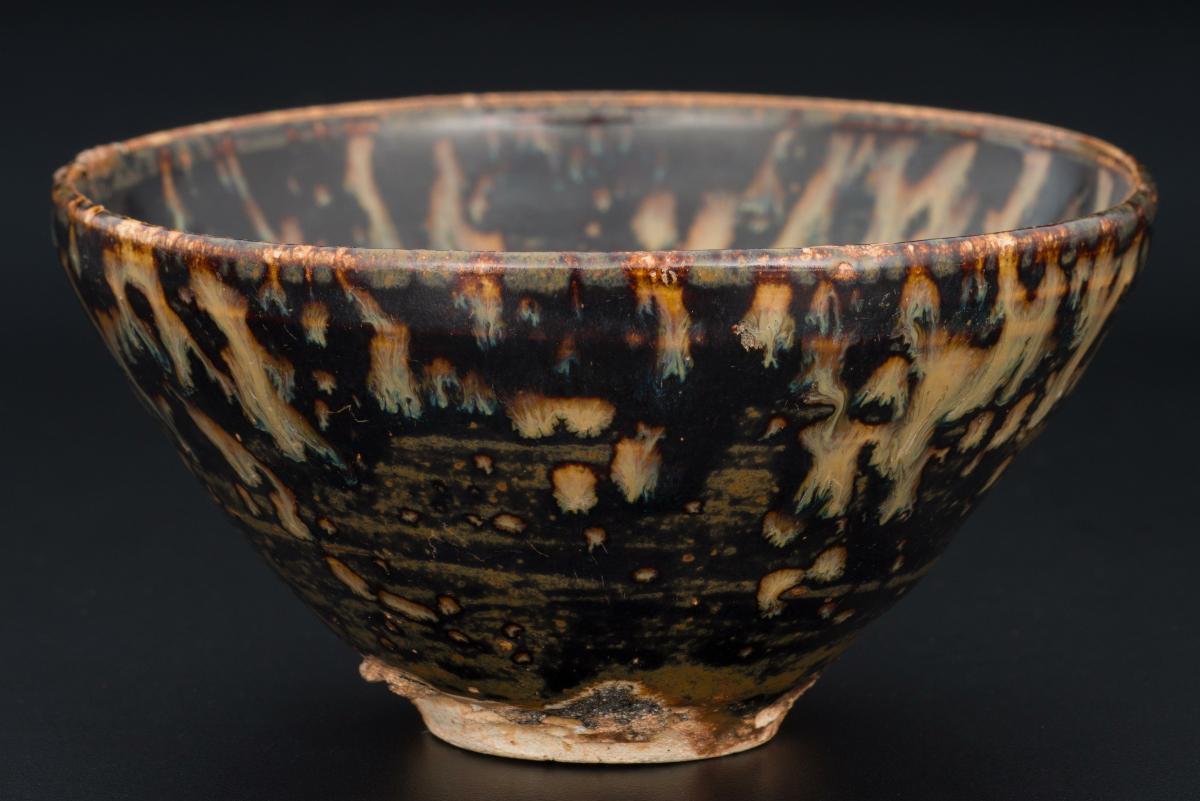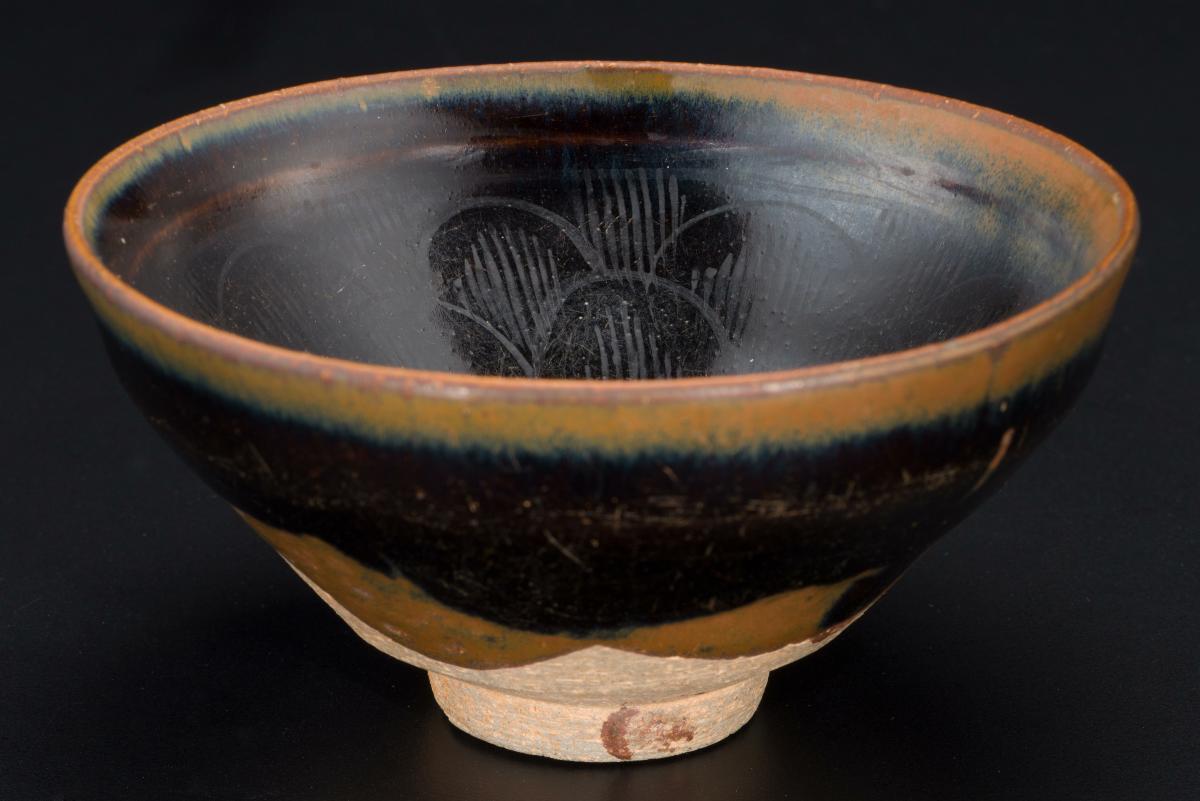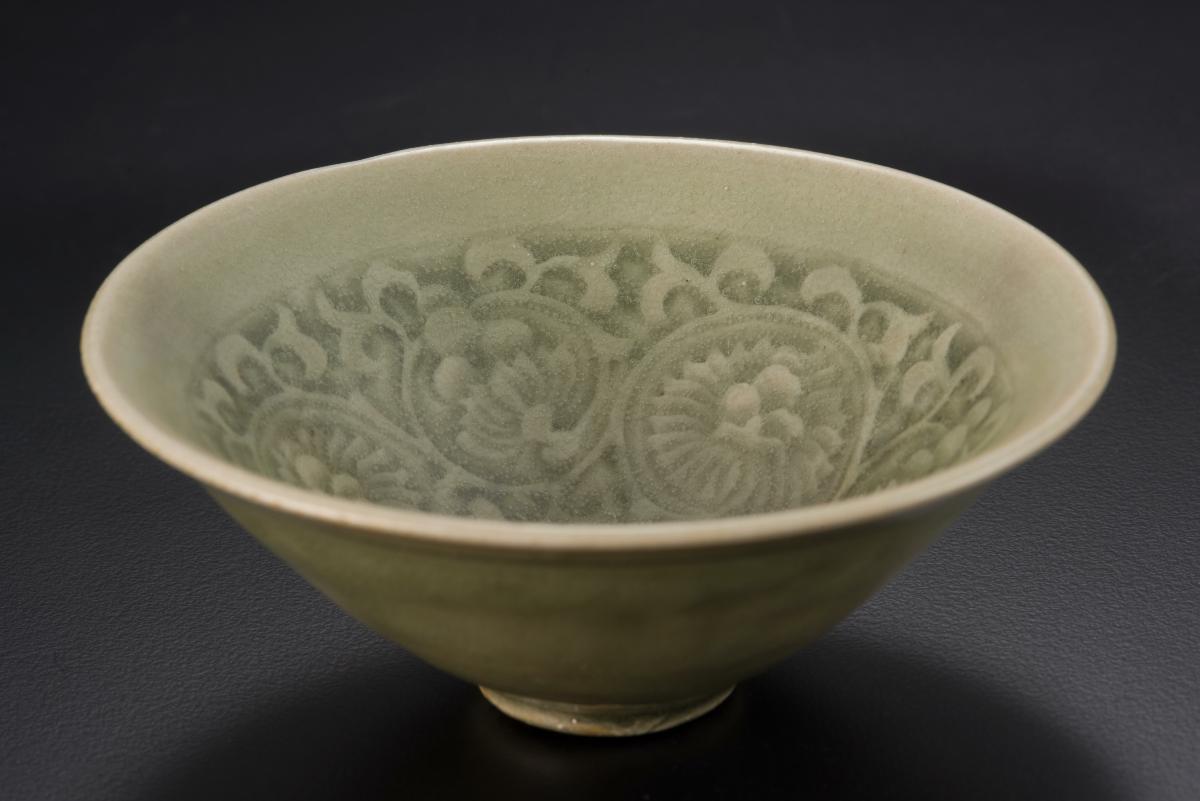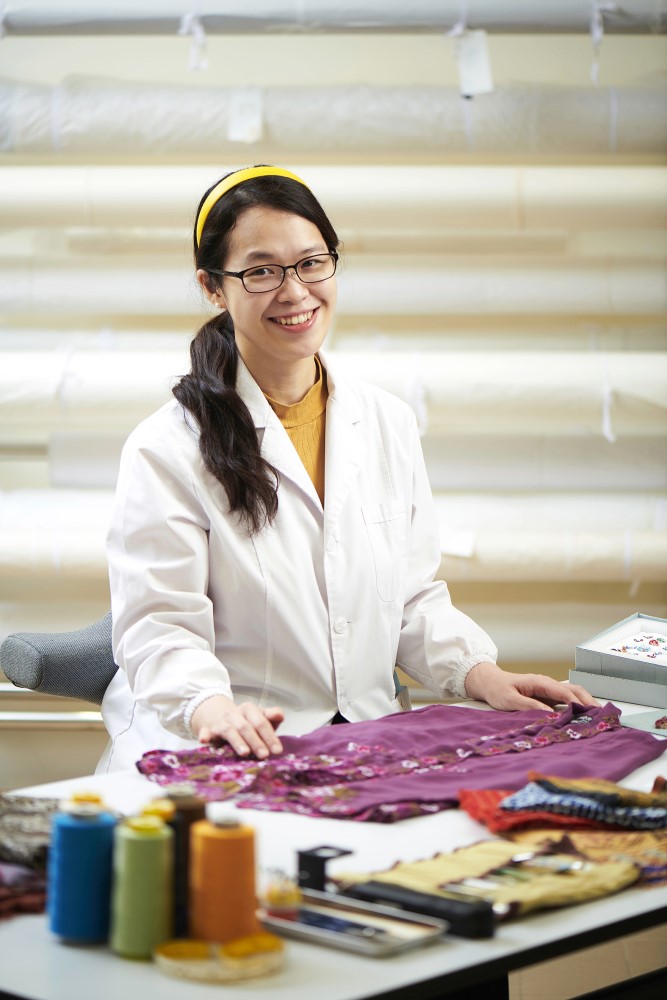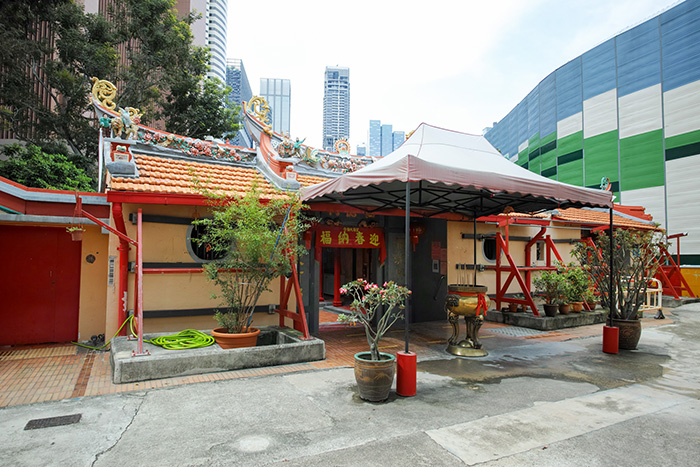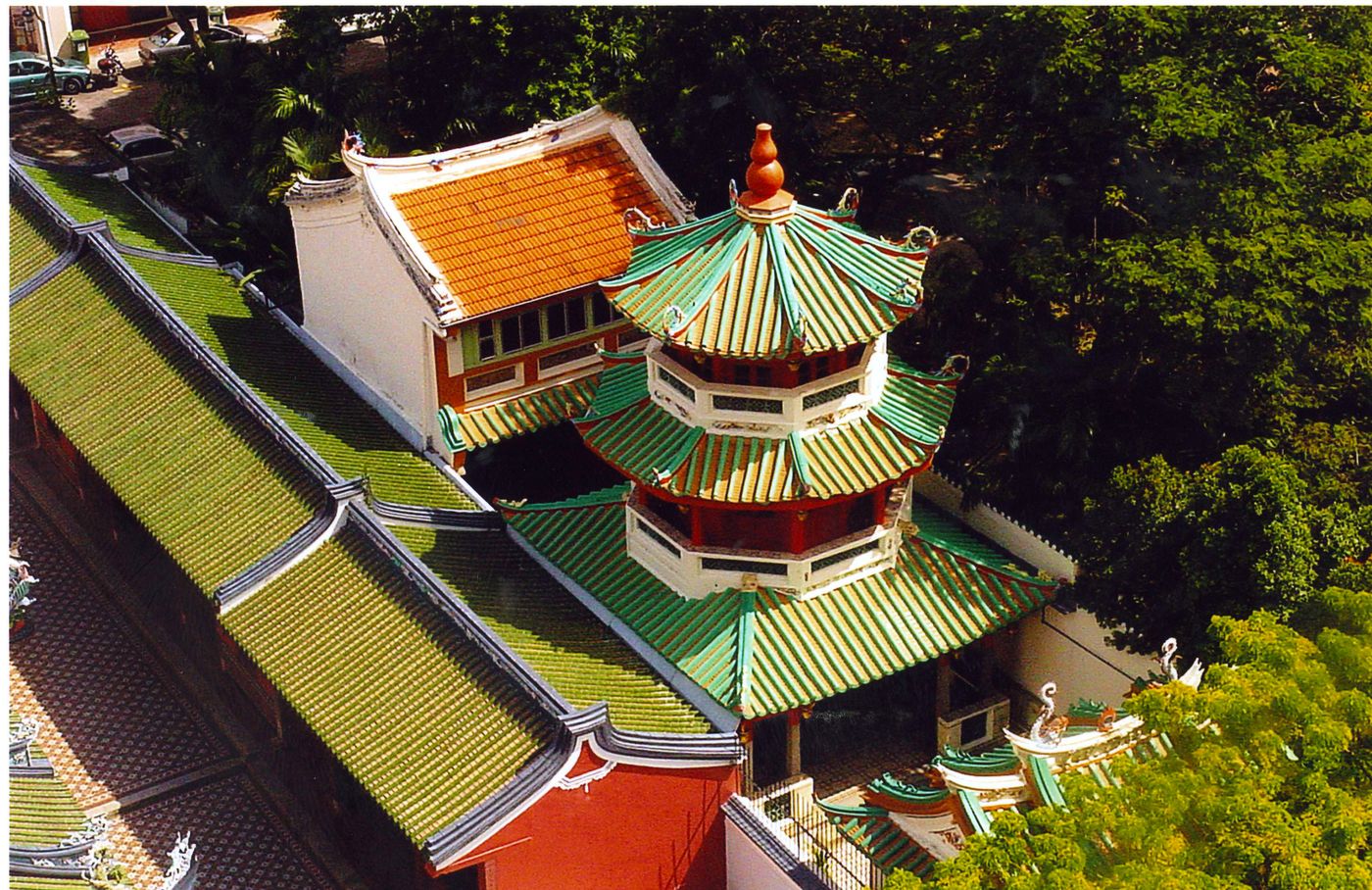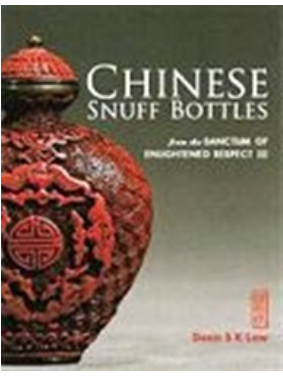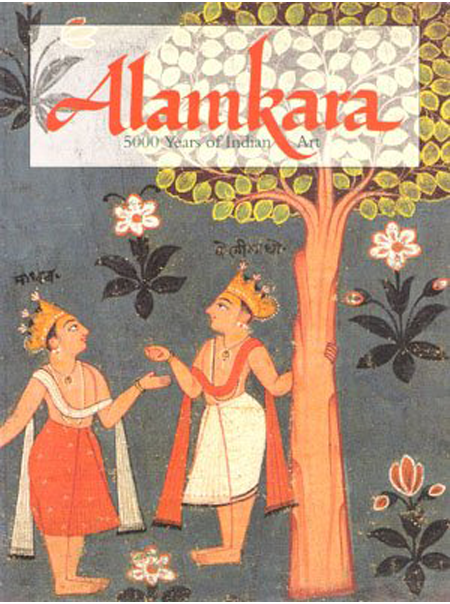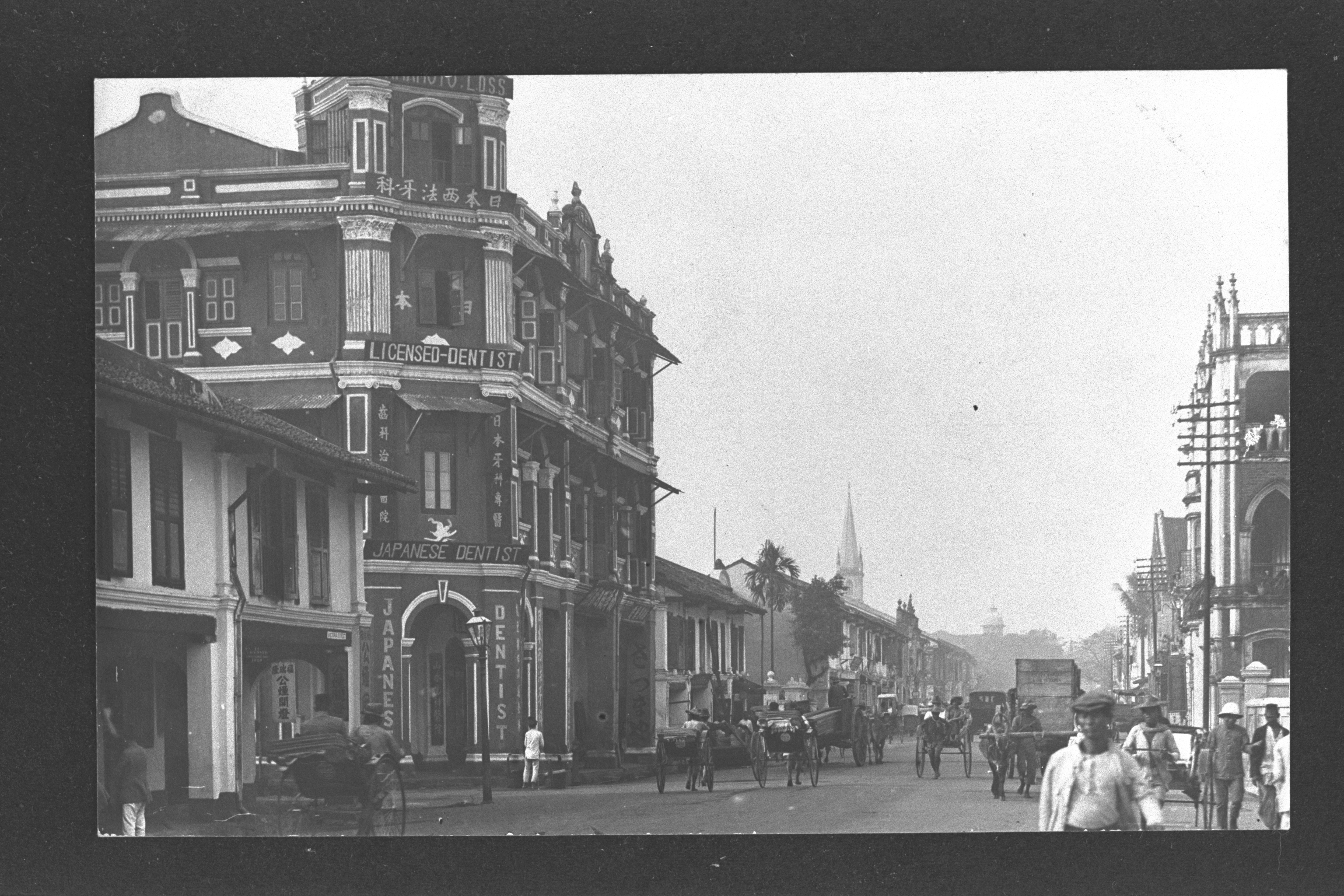This tea bowl was exported from China undecorated. The decoration was then done in Europe, probably by Dutch enamellers. This practice started in Germany and Holland in the early 18th century. The painting of designs onto porcelain blanks was undertaken to enhance the appeal or disguise imperfections of the plain wares, hence increasing their marketability. The cartouches outlined in blue are filled with river scenes comprising stylised Chinese figure(s) on a boat. Small quantities of Chinese porcelain first found their way to Europe in the 14th century. The Portuguese were the first Europeans to establish a trading base in Macau (1557) where they traded in Chinese porcelain. Vast quantities of wares were exported to Europe during the 17th century, with the entry of the Dutch, then English and other European trading companies. By the mid 18th century, porcelain was more widely available in Europe and used by a larger segment of society. Changes in dining habits and diet saw the creation of more vessels for individual use and to contain specific foods. In particular, the European use of porcelain was closely related to the consumption of tea. Tea was first introduced into Europe by the Dutch East India Company (VOC) in 1610. It reached England via Holland around 1645. The high price of tea in Europe in the 17th and early 18th centuries meant that only the wealthy could afford to drink it and tea drinking became a fashionable pastime. By the end of the 18th century, however, it had become more affordable and its consumption more widespread. This led to a rising demand for tea wares from both East Asia and Europe.




